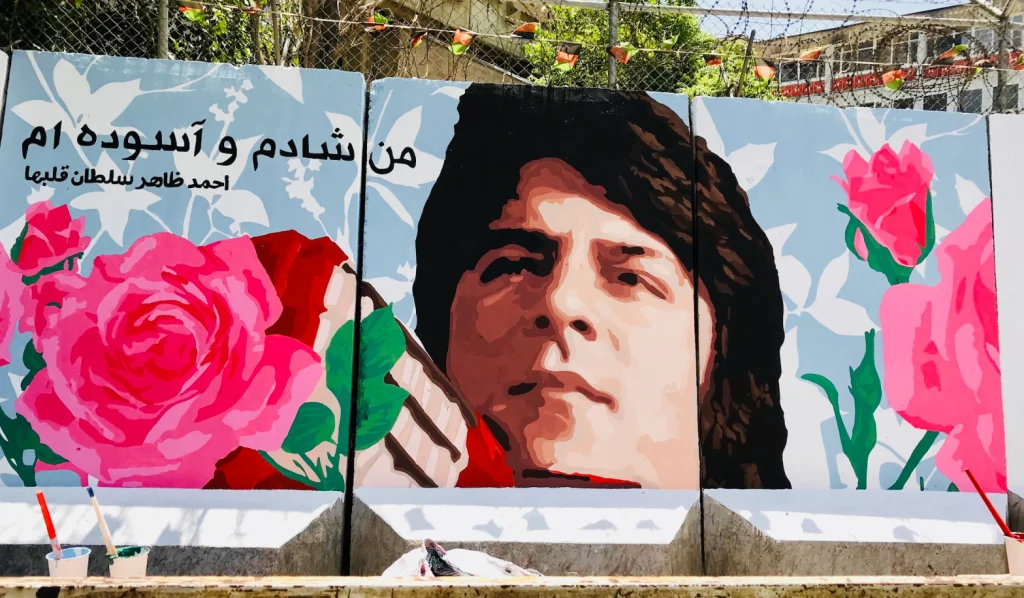A new report published by Artists at Risk Connection (ARC), an initiative of the freedom of expression nonprofit PEN America, sheds light on the plight of persecuted artists and calls for expanded protections from human rights and arts organisations. Titled “Art Is Power: 20 Artists on How They Fight for Justice and Inspire Change,” the report profiles 20 artists from various disciplines who have experienced oppression and now live in exile. It argues that these artists often fall outside the scope of advocacy groups, emphasising the need for increased attention and support.

One of the artists featured in the report is Bart Was Not Here, the professional name of Kyaw Moe Khine, a digital artist from Myanmar. Bart grew up in a country marked by social uprisings and witnessed protests as a child. However, in 2021, Myanmar faced a military coup, plunging the nation into unrest, warfare, and genocide. Bart responded to the crisis by creating a series called “Seeing Red” that depicted political leaders and slogans associated with the mass protests. His artworks became a visual language for the movement against the coup. As a result of his activism, Bart faced threats and violence, leading him to leave Myanmar and seek refuge in Paris through a residency program. He has settled in New York and continues to create art exploring home and displacement themes.
The report highlights the increasing violations of artistic freedom globally. In 2021, the advocacy group Freemuse documented 1,251 transgressions, including killing artists, facing legal action, and destroying artworks and venues. The report also touches on the challenges displaced artists face, such as the difficulty of finding a community and selling their work to sustain a living in exile.

Omaid Sharifi, the co-founder of the mural painting group ArtLords in Afghanistan, shares his experience of relocating to Washington, DC, after the Taliban seized power. He focuses on helping other ArtLords artists emigrate from Afghanistan and expresses the challenges of selling their artwork and finding exhibition opportunities in the US. The report emphasises the need for arts and human rights organisations to address the neglect of socially engaged artists, as they often fall outside the purview of both the human rights and art worlds.
The ARC Director, Julie Trébault, underscores the responsibility of arts and human rights organisations to support at-risk artists. She acknowledges the dilemma the art market and museums faced in determining the “question of quality” and its impact on artists’ livelihoods in exile. The report also features Stella Nyanzi, a Ugandan poet who faced imprisonment for her critical poems against political leaders. Nyanzi emphasises the transformative power of art, music, and poetry in times of upheaval, providing a beautiful energy that challenges oppressive powers.
The report includes a profile of Dashka Slater, an author whose work has been subjected to censorship amidst the increasing number of book bans in the United States. Slater acknowledges the protection offered by the US First Amendment but highlights the disconnect between idealised notions of freedom and the realities on the ground.
The report calls for a comprehensive response to the worldwide escalating attacks on artistic freedom. It recommends nations update their policies to provide better protections for artists, including creating pathways for immigration and residency programs. Additionally, it advocates for developing a “United Nations Action Plan for the Protection of Artists.” The report emphasises the need for collaboration between the art and human rights worlds to advocate for more comprehensive protections and address the rising needs of at-risk artists.
Feature Image: A 2021 ArtLords mural in Kabul, Afghanistan, showing singer Ahmad Zahir Courtesy: Hyperallergic

Contributor






